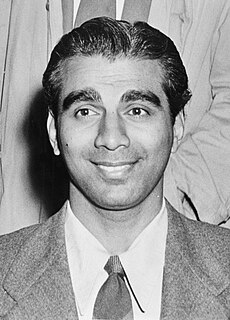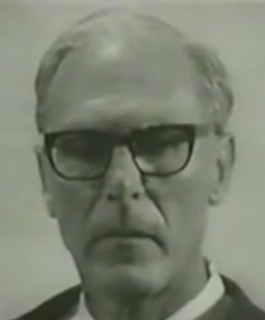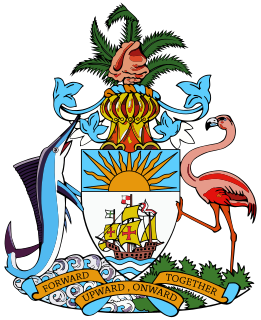
Elections in the Bahamas take place in the framework of a parliamentary democracy. Since independence voter turnout has been generally high in national elections, with a low of 87.9% in 1987 and a high of 98.5% in 1997. The current Prime Minister is the Hon Hubert Minnis.

General elections were held in Antigua and Barbuda on 9 March 1999. The elections were won by the governing Antigua Labour Party. Lester Bird was re-elected Prime Minister of Antigua and Barbuda. Voter turnout was 63.6%.

Parliamentary elections were held in Chad on 5 January 1997, with a second round on 23 February. They were the first multi-party elections since independence in 1960 and resulted in a victory for the ruling Patriotic Salvation Movement (MPS), which won 65 of the 124 seats in the National Assembly. However, the elections were marred by electoral fraud widespread vote rigging, and local irregularities marred these elections, as the 1996 presidential elections. Voter turnout was 45.6% in the first round and 45.3% in the second.

General elections were held in Barbados on 22 January 1991. The result was a victory for the ruling Democratic Labour Party, which won 18 of the 28 seats. The opposition Barbados Labour Party led by Henry Forde won ten seats, an increase of seven compared to the 1986 elections. Voter turnout was 63.7%. DLP leader Lloyd Erskine Sandiford remained Prime Minister.

General elections were held in Belize on 14 December 1984. The result was a victory for the opposition United Democratic Party, which won 21 of the 28 seats. Voter turnout was 75.0%.
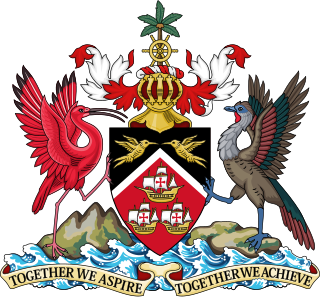
Early general elections were held in Trinidad and Tobago on 10 December 2001, after the ruling United National Congress lost its majority in the House of Representatives following four defections. However, the election results saw the UNC and the People's National Movement both win 18 seats. Although the UNC received the most votes, President A. N. R. Robinson nominated PNM leader Patrick Manning as Prime Minister. Voter turnout was 66.1%.

General elections were held in Jamaica on 16 October 2002. The result was a victory for the People's National Party, which won 34 of the 60 seats, whilst voter turnout was 59.1%. PNP leader P. J. Patterson retained his position as Prime Minister, becoming the first political leader to win three successive elections. Patterson stepped down on 26 February 2006, and was replaced by Portia Simpson-Miller, Jamaica's first female Prime Minister.

General elections were held in Trinidad and Tobago on 24 May 1971. The result was a victory for the People's National Movement, which won all 36 seats.

General elections were held in Western Samoa on 22 February 1985. Voting was restricted to Matai and citizens of European origin, with the Matai electing 45 MPs and Europeans two. The result was a victory for the Human Rights Protection Party, which won 32 seats. Its leader, Tofilau Eti Alesana, remained Prime Minister.
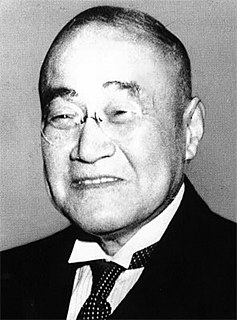
General elections were held in Japan on 23 January 1949. The result was a victory for the Democratic Liberal Party, which won 269 of the 466 seats. Voter turnout was 74.0%. It was the first election held following the enactment of the current Constitution of Japan.

General elections were held in Grenada on 18 January 1999. The governing New National Party of Prime Minister Keith Mitchell was re-elected after winning all 15 seats. Voter turnout was 56.5%.

General elections were held in Guyana on 15 December 1980. The result was a victory for the People's National Congress, which won 41 of the 53 seats. However, the PNC's victory was the result of fraud as the government had direct control of the elections. Voter turnout was 82.3%.

General elections were held in the Bahamas on 14 March 1997. The result was a victory for the Free National Movement, which won 34 of the 40 seats, and through a by-election later increased this to 35. Voter turnout was 92.9%. Hubert Ingraham was sworn in for a second term as Prime Minister on 18 March.

General elections were held in Grenada on 7 December 1976. The result was a victory for the Grenada United Labour Party of Eric Gairy, which won nine of the 15 seats, whilst the opposition People's Alliance (a coalition of the New Jewel Movement, the Grenada National Party and the United People's Party won the remainder. However, the elections were marred by fraud, as Gairy's secret police, known as the Mongoose Gang, had been threatening the opposition. Voter turnout was 65.2%.

General elections were held in Guyana on 17 July 1973. The result was a victory for the People's National Congress, which won 37 of the 53 seats. However, the PNC's victory was the result of fraud as the government had direct control of the elections. Voter turnout was 81.0%.

General elections were held in Guyana on 9 December 1985. The result was a victory for the People's National Congress, which won 42 of the 53 seats. However, the elections were marred by fraud and the People's Progressive Party and Working People's Alliance withdrew on election day. Voter turnout was 73.8%.

General elections were held in Saint Lucia on 6 April 1987. The result was a victory for the United Workers Party, which won nine of the seventeen seats. Voter turnout was 60.8%.

General elections were held in Saint Vincent and the Grenadines on 5 December 1979. The result was a victory for the Saint Vincent Labour Party (SVLP), which won eleven of the thirteen seats. Voter turnout was 63.9%.

General elections were held in Saint Vincent and the Grenadines on 16 May 1989. The result was a landslide victory for the centrist New Democratic Party, which won all fifteen seats, returning James Mitchell to a second term as Prime Minister. Voter turnout was 72.4%.

Parliamentary elections were held in Andorra on 12 December 1993. Following the adoption of a new constitution by a referendum earlier in the year, they were the first elections in which political parties were allowed to run. The result was a victory for the National Democratic Group, which won eight seats, and its leader Òscar Ribas Reig remained Prime Minister. Voter turnout was 81.0%.




